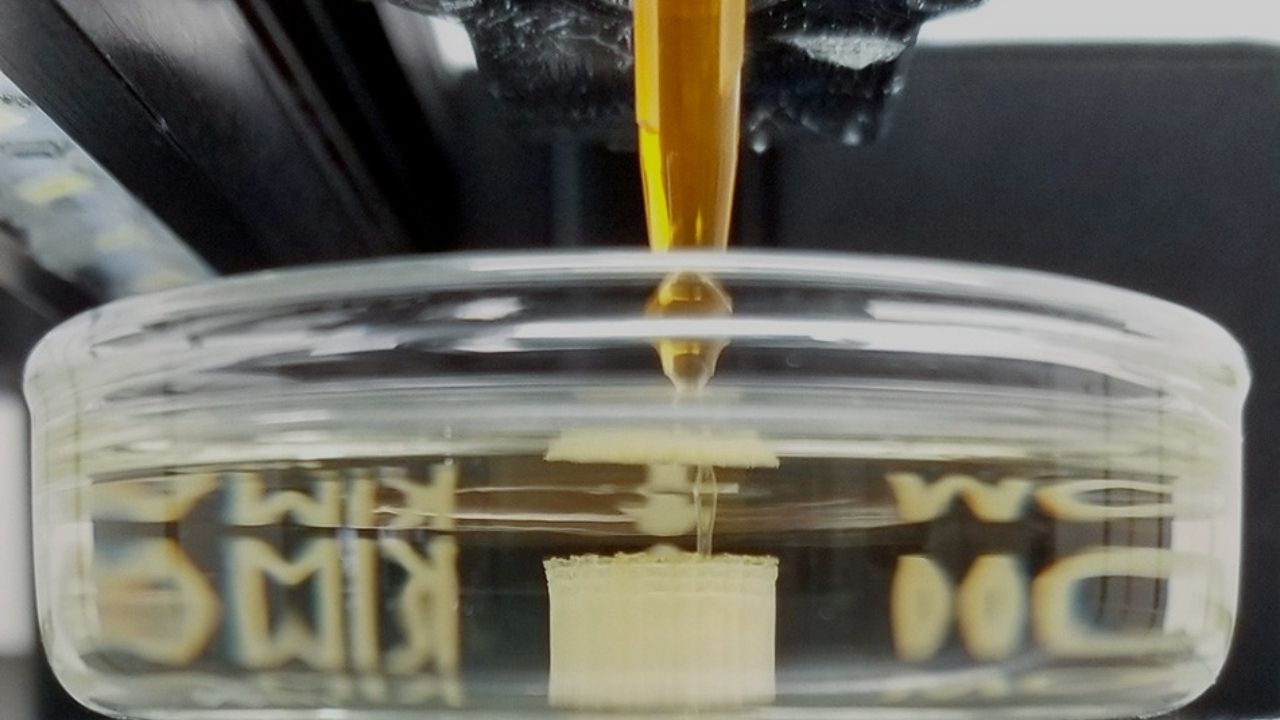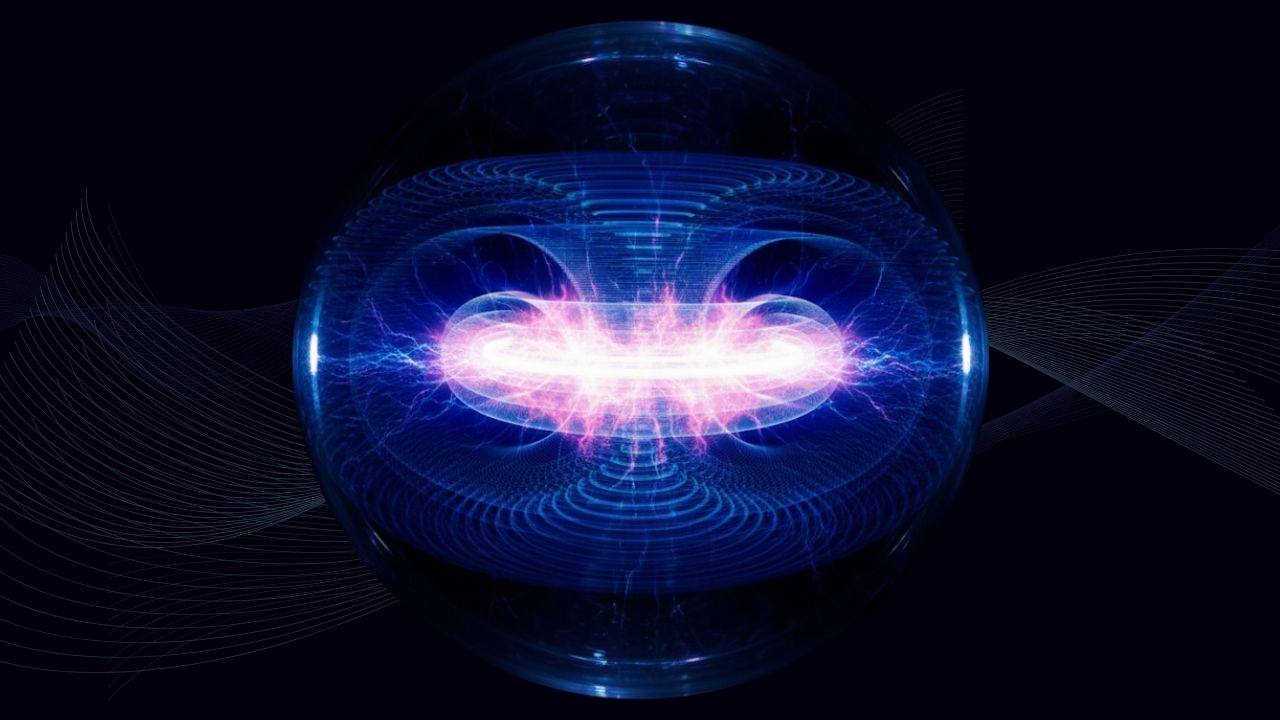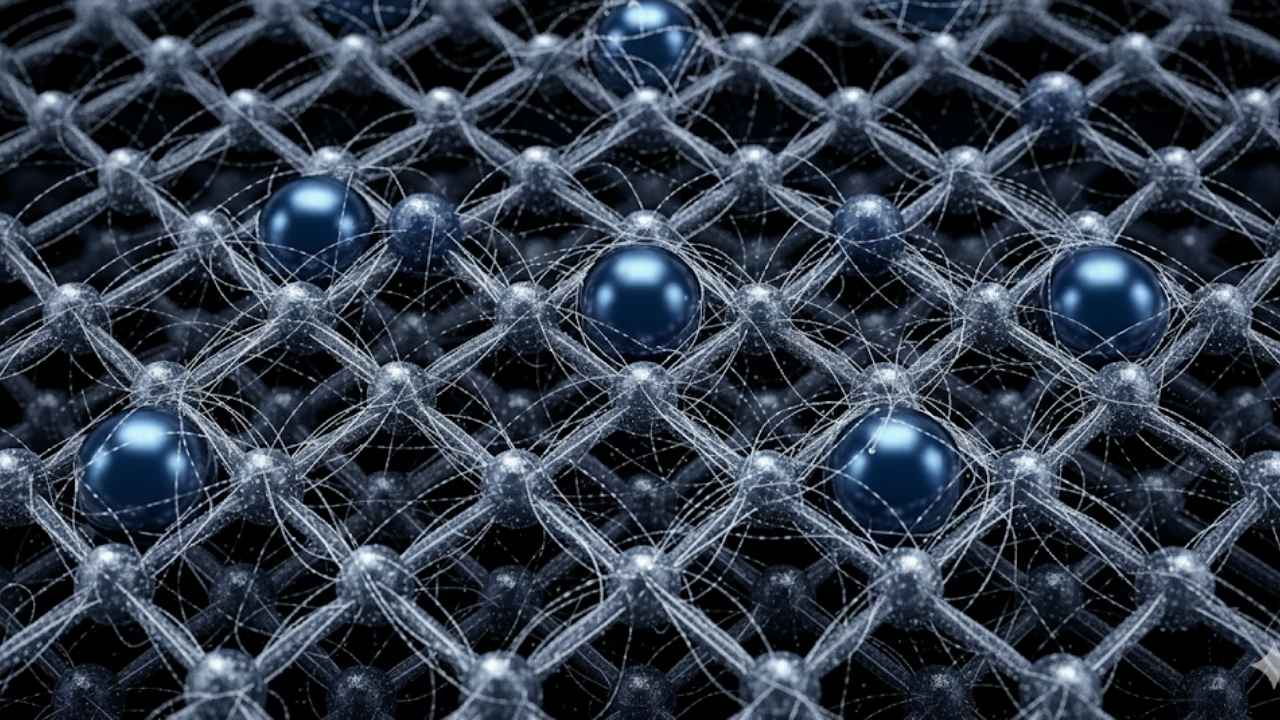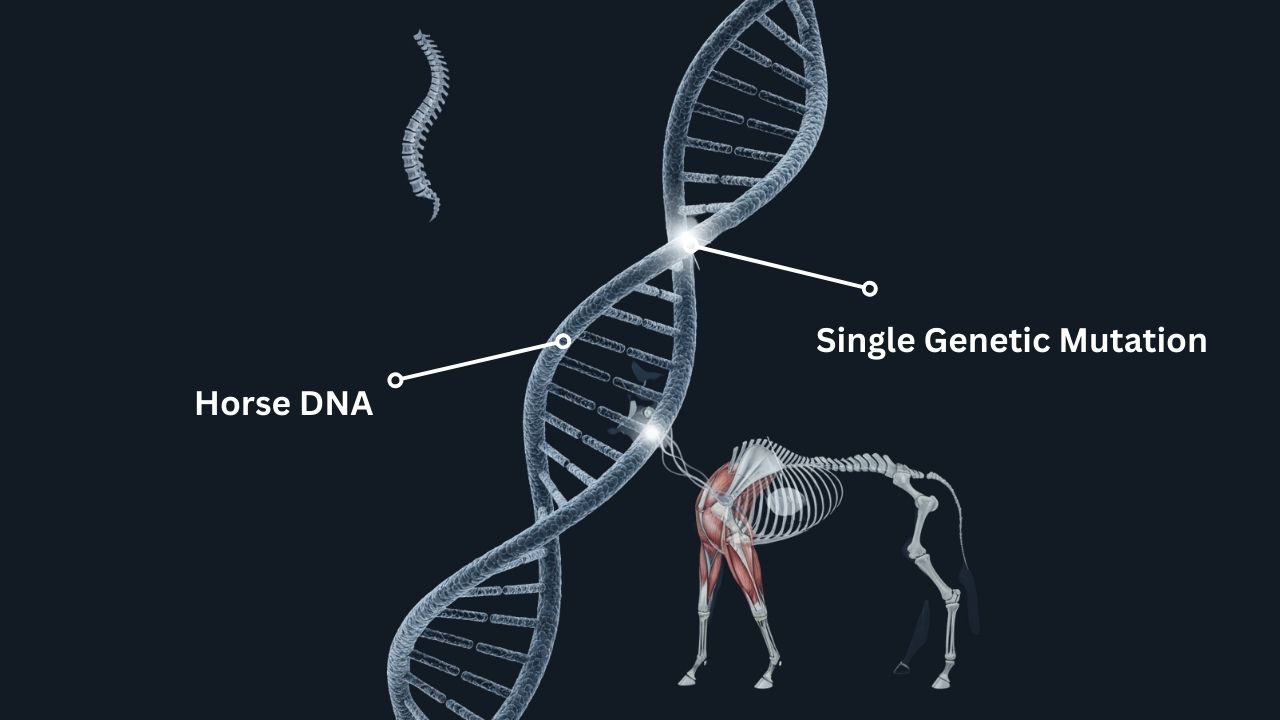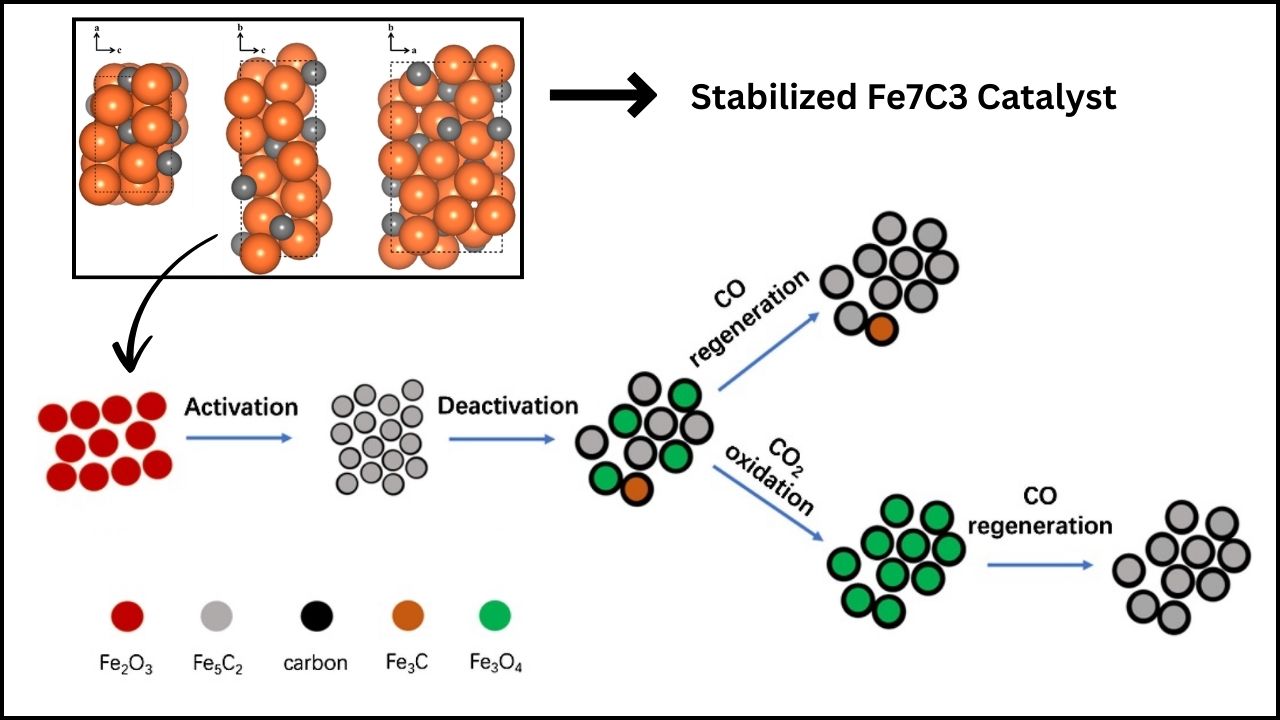Peacock feathers are world-famous for their dazzling, shimmering colors that seem almost magical. But recent breakthroughs reveal an even more astonishing secret: peacock feathers can transform into living lasers. Yes, those brilliant feathers, when treated in special ways, can emit focused beams of laser light. This discovery pushes the boundaries of biology and photonics, unveiling how nature’s tiny nanostructures can inspire revolutionary technology.
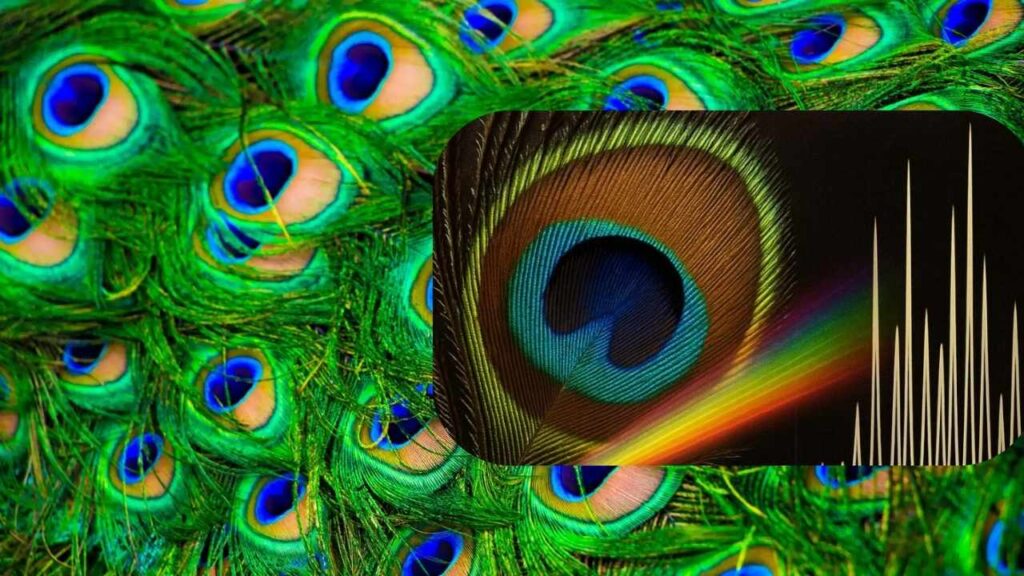
In this article, you’ll explore how exactly these feathers work as lasers, why this matters scientifically and practically, and what this could mean for future innovations in medicine and technology.
What Are Living Lasers in Peacock Feathers?
Living lasers are laser beams created not from man-made devices but from biological materials. Peacock feathers have microscopic, highly organized structures that can amplify light similarly to a laser cavity in human-made lasers.
Scientists discovered that when feathers are soaked in a dye called rhodamine 6G and illuminated with pulses of light, they emit narrow yellow-green laser beams from their iconic eyespot regions. This effect represents the first known example of a laser cavity in the animal kingdom.
Unlike traditional lasers needing mirrors and solid cavities, the tiny repeating nanostructures inside peacock feathers act like natural optical cavities. They bounce light back and forth, aligning the light waves to produce coherent, laser light beams.
How Do Peacock Feathers Create Laser Light?
The Magic of Structural Color
Peacock feathers’ shimmering blues and greens don’t come from pigments but something called structural color. This arises from microscopic arrangements in the feathers—specifically, arrays of melanin rods coated with keratin—that reflect and scatter light at precise wavelengths. These structures act as natural photonic crystals, materials designed to let certain light wavelengths through while reflecting others, producing vivid color and iridescence.
The Biological Laser Process
Creating laser light from these feathers involves several steps:
- Dye Infusion: Feathers are soaked in rhodamine 6G, a dye known for its ability to emit laser light when excited.
- Light Excitation: Pulses of laser light excite the dye molecules, promoting their electrons to higher energy levels—in a state called population inversion.
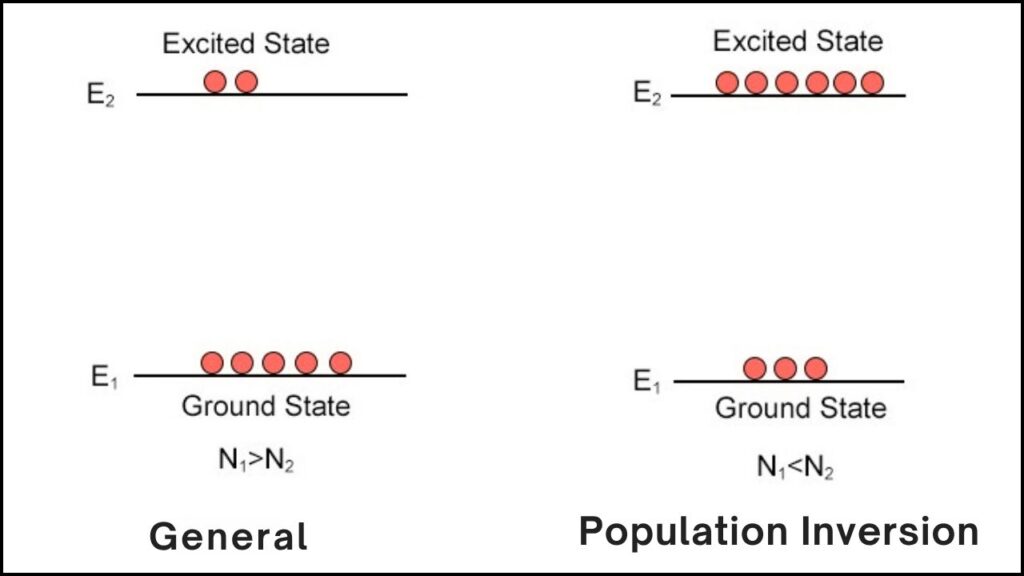
- Photon Emission: As excited electrons fall back to a lower energy state, they emit photons.
- Amplification via Nanostructures: The feather’s nanostructures trap these photons, bouncing them between reflective layers and amplifying the light.
- Laser Beam Emission: This produces narrow, coherent laser beams in the yellow-green spectrum, mostly originating from the feather’s eyespots.
Remarkably, different colored regions in the eyespot emit laser light at the same two distinct wavelengths, indicating the nanostructures are consistent and finely tuned across the feather.
Peacock Feathers Turn Into Living Lasers
| Feature | Detail |
|---|---|
| Laser Emission Colors | Yellow-green laser light emitted from dyed peacock feathers |
| Biological Laser | First biological laser cavity discovered in animal kingdom |
| Underlying Mechanism | Dye excitation combined with natural photonic nanostructures acting as laser cavities |
| Potential Applications | Medical imaging, biosensing, therapeutics via biocompatible lasers |
| Publication Date | July 2025 |
The revelation that peacock feathers can turn into living lasers is a stunning example of how biology and technology intersect. These tiny natural structures offer a blueprint for new optical devices and medical tools that could revolutionize how we see and treat the body. While peacocks won’t be firing laser beams anytime soon, their feathers contain nature’s own sophisticated light technology—shedding light on the ingenious designs evolved over millions of years and pointing toward future laser innovations inspired by living materials.
Why Is This Discovery So Important?
Beyond being a fascinating scientific breakthrough, this discovery opens up fascinating practical applications:
1. Medical Innovation with Biocompatible Lasers
Biological lasers could transform medical imaging and diagnostics. Since these lasers can be created from natural, biocompatible materials like feathers, they might be developed into safe, minimally invasive internal lasers. This means future doctors could use tiny lasers inside the body to:
- Light up tissues for detailed medical imaging.
- Detect diseases early via precise biosensors.
- Deliver treatments like laser-guided therapeutics without surgery.
2. Improved Biological and Virus Diagnostics
The technique of detecting laser emission from biological nanostructures could help classify microscopic organisms or particles by their laser signatures. For instance, viruses with geometric shapes could be identified more efficiently by checking if they behave as tiny lasers.
3. Inspiration for New Nanotechnology Devices
Understanding how nature’s photonic crystals work in feathers can inspire engineers to design new, efficient optical components and lasers. This could lead to smaller, eco-friendly lasers for computing, communication, and sensors.
Explaining This for Younger Learners and Beginners
Imagine a laser is like a very focused flashlight beam. Normally, a laser box has tiny mirrors inside that bounce light around until it’s very focused. Peacock feathers have teeny tiny “mirrors” inside them but on a scale so small you can’t see with your eyes. When you put a special glowing dye on the feathers and shine a light, these nanostructures bounce the light back and forth, creating a focused beam of laser light. It’s like the feather itself becomes a tiny laser machine!
Other Examples of Structural Color in Nature
Many animals use structural color—tiny repeated structures—to create dazzling colors without pigments. Some examples are:
- Butterfly wings with tiny overlapping scales.
- Sparkling beetle shells.
- Colorful fish scales that shift hue under water.
These natural phenomena help engineers develop materials like waterproof fabrics, color-changing surfaces, and anti-counterfeit technology based on structural colors.
New Laser Trackers Deliver Unmatched Precision for Complex Industrial Assembly Lines
Life Could Thrive Under Ice Thanks to Cosmic Rays, Scientists Say
FAQs About Peacock Feathers Turn Into Living Lasers
Q1: Do peacocks naturally emit laser light?
No. The laser effect only happens under lab conditions with dyed feathers and external light pulses. The birds themselves do not produce laser beams naturally.
Q2: What is rhodamine 6G?
It’s a special fluorescent dye that absorbs light energy and emits laser light efficiently. Scientists use it widely in dye lasers.
Q3: Could lasers made from feathers be used inside humans?
Potentially yes. Biological lasers could be safer and less invasive for imaging and therapies inside the body.
Q4: What are photonic crystals?
Photonic crystals are materials with repeating structures that control how light moves, reflecting certain colors while letting others pass, creating bright, iridescent effects.
Q5: Who discovered this phenomenon?
A research team led by physicist Nathan Dawson from Florida Polytechnic University and collaborators published this study in 2025.

